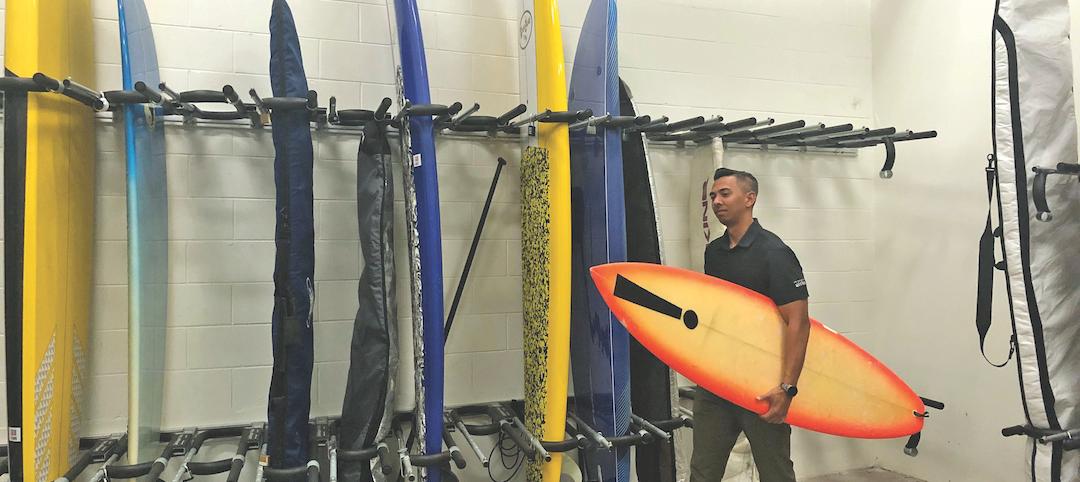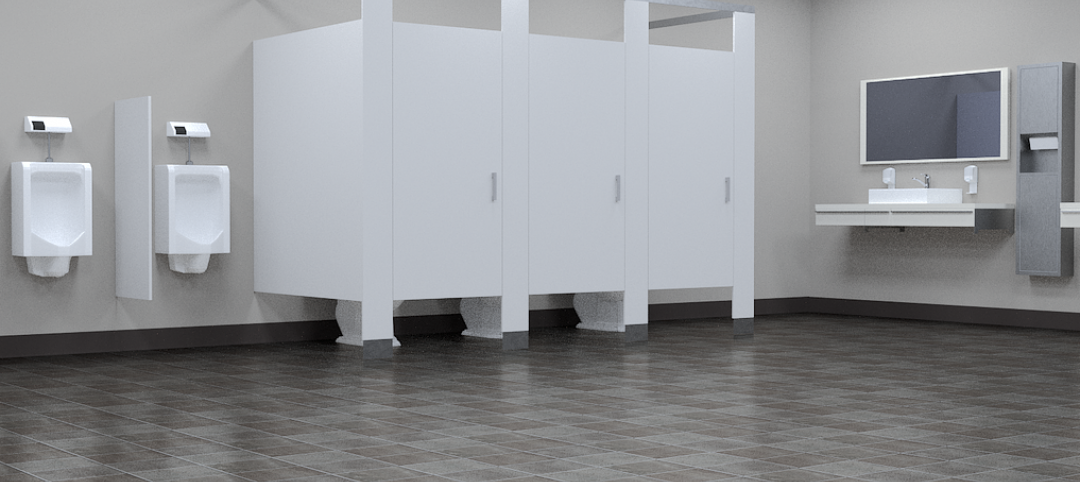The American Institute of Architects (AIA) Upjohn Research Initiative is providing up to $30,000 to five research projects that will advance sustainability in architecture. The purpose of the grant is to provide base funds for research projects that advance architectural knowledge and practice.
Grant recipients were selected by a seven-member jury comprised of members from the AIA College of Fellows and AIA Board Knowledge Committee, and according to the release this year’s selected Upjohn Research Initiative projects include:
Architects and Grid-Interactive Efficient Buildings (GEBs): The Role of the Profession in the Emerging Field of GEBs
Principal Investigator: Deane Evans, FAIA (New Jersey Institute of Technology)
A key goal of the GEBs initiative is to help buildings adapt to and, at the same time, reduce the impacts of climate change. As a collaborative effort between a university-based research center, a state energy-incentive program, and a state AIA component’s Committee on the Environment (COTE), the project intends to better inform architects about GEBs. The results will be incorporated into an online educational toolkit designed to help architects understand the practical, real-world implications of GEBs on their practices.
From Waste to Biodegradable Structures with Local Fungi Species
Principal Investigators: Benay Gürsoy Toykoç, PhD (Penn State); John A. Pecchia, PhD (Penn State); Ali Ghazvinian (Penn State)
Collaborators: Alale Mohseni (Penn State); Natalie Walter (Penn State)
Interest from the architecture community in the sustainable features of mycelium-based materials is growing. As a collaboration among architecture, mushroom science, and computational design, this interdisciplinary research project aims to design and build two large-scale structures, MycoCreateII and MycoPrint, to study the use of mycelium-based composites as a load-bearing material. MycoCreateII will be a fully biodegradable funicular structure with load-bearing components made of mycelium-based composites. MycoPrint will be a shell structure with 3D-printed mycelium-based components cultivated on cardboard and paper waste.
The Future of Green Infrastructure: Measuring and Designing the Built Environment for Pedestrian and Bicycle Activities in Dallas-Fort Worth
Principal Investigators: Hyesun Jeong, PhD, Assoc. AIA (University of Texas at Arlington); Matthew Ables (Arup)
Collaborators: Brian Hammersley (Hammersley Architecture); Meghna Tare (University of Texas at Arlington); Lawrence Agu, Assoc. AIA (City of Dallas)
Using GIS-based data analysis and field study, this research project will investigate how the built environment is conducive to pedestrian and cycling activities in Dallas-Fort Worth. The project team will generate design prototypes and strategies that transform grey-infrastructure into permeable green-infrastructure to envision a more walkable, ecological, and healthier environment in community areas. The outcome of this research and design project may serve as a decision-making tool for stakeholders such as architects, planners, city officials, developers, and community organizations in pursuit of sustainable development, mobility infrastructure planning, stormwater management, and decarbonization efforts.
Priority Green for Community Benefit: A Framework for Tailoring Entitlement Benefits to Neighborhood-specific Priorities Around Climate Change Mitigation, Adaptation, and Equity
Principal Investigator: Adele Houghton, AIA (Biositu)
Local permitting pathways may be more effective levers for mitigating and adapting to climate change, addressing chronic disease, and improving equity if they are tailored to neighborhood-level environmental and human health needs. Generated through a series of charettes, this research project will develop a Priority Green framework that architects can use with local officials to show how building and site design that is responsive to neighborhood environmental exposures, community health risk factors, and the social determinants of health can measurably contribute to advancing their community’s climate action plan and other local public health priorities.
Synergies between Ultra-Low-Energy Buildings, Microgrids, and Direct Current
Principal Investigators: Lisa White (Passive House Institute US (PHIUS)); Graham Wright, PhD (Passive House Institute US (PHIUS))
Collaborator: Walter Grondzik, PE (Ball State University)
This study will assess the feasibility and performance benefits of linking passive building design guidelines with a city-block microgrid, simulated in Milwaukee and composed of 20-30 residential buildings. It will develop an architect’s guide to analyzing and designing such blocks to manifest a resilient, low-emissions future. The goal of this project is to create a template for architects and other design professionals to incorporate both passive building strategies and microgrid design strategies into their projects to achieve optimal carbon performance.
Related Stories
Codes and Standards | Aug 29, 2019
Industry leaders ask for government help as trades shortage worsens
AGC asks for more funding for education and increased immigration to fill gaps.
Multifamily Housing | Aug 19, 2019
Top 10 outdoor amenities in multifamily housing for 2019
Top 10 results in the “Outdoor Amenities” category in our Multifamily Design+Construction Amenities Survey 2019.
Multifamily Housing | Aug 12, 2019
Multifamily Amenities 2019: Rethinking the $30,000 cup of coffee
What amenities are “must-have” rather than “nice to have” for the local market? Which amenities will attract the renters or buyers you’re targeting? The 2019 Multifamily Amenities Survey measured 113 amenity choices.
Codes and Standards | Jun 27, 2019
Public restrooms being used for changing clothes, phone conversations, and 'getting away'
About 60% of Americans use a public restroom one to five times a week, according to the latest annual hand washing survey conducted by Bradley Corporation.
Industry Research | Jun 11, 2019
New research suggests individual work spaces increase productivity
The research was conducted by Perkins Eastman and Three H.
Industry Research | Apr 8, 2019
New research finds benefits to hiring architectural services based on qualifications
Government agencies gain by evaluating beyond price, according to a new Dodge survey of government officials.
Office Buildings | Jul 17, 2018
Transwestern report: Office buildings near transit earn 65% higher lease rates
Analysis of 15 major metros shows the average rent in central business districts was $43.48/sf for transit-accessible buildings versus $26.01/sf for car-dependent buildings.
Market Data | May 29, 2018
America’s fastest-growing cities: San Antonio, Phoenix lead population growth
San Antonio added 24,208 people between July 2016 and July 2017, according to U.S. Census Bureau data.
Industry Research | Jan 30, 2018
AIA’s Kermit Baker: Five signs of an impending upturn in construction spending
Tax reform implications and rebuilding from natural disasters are among the reasons AIA’s Chief Economist is optimistic for 2018 and 2019.
Market Data | Jan 30, 2018
AIA Consensus Forecast: 4.0% growth for nonresidential construction spending in 2018
The commercial office and retail sectors will lead the way in 2018, with a strong bounce back for education and healthcare.

















